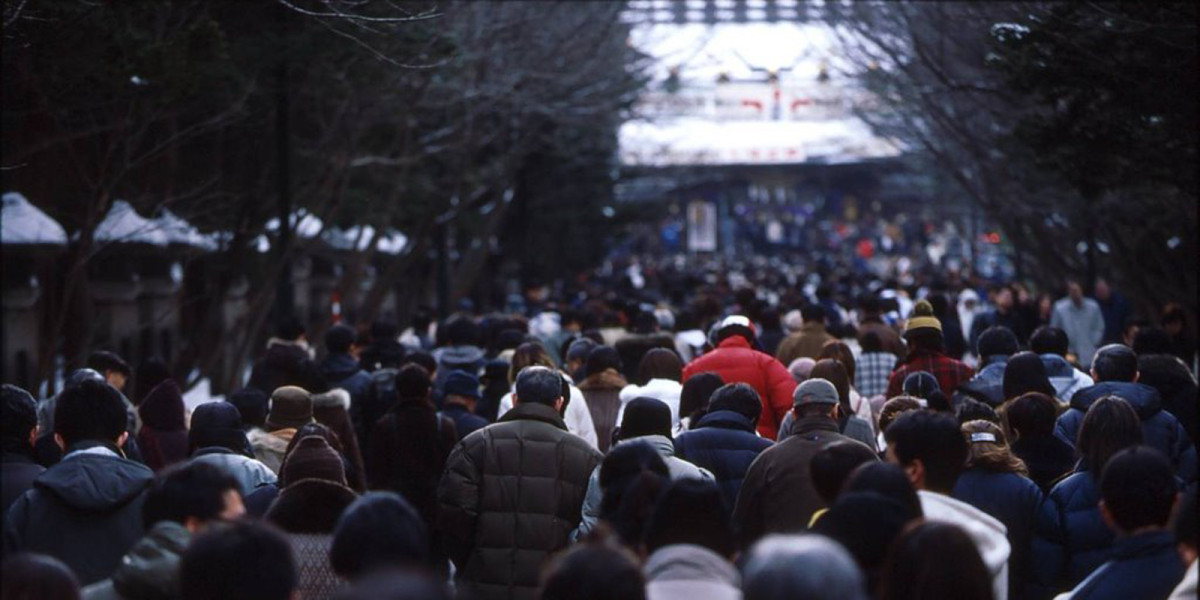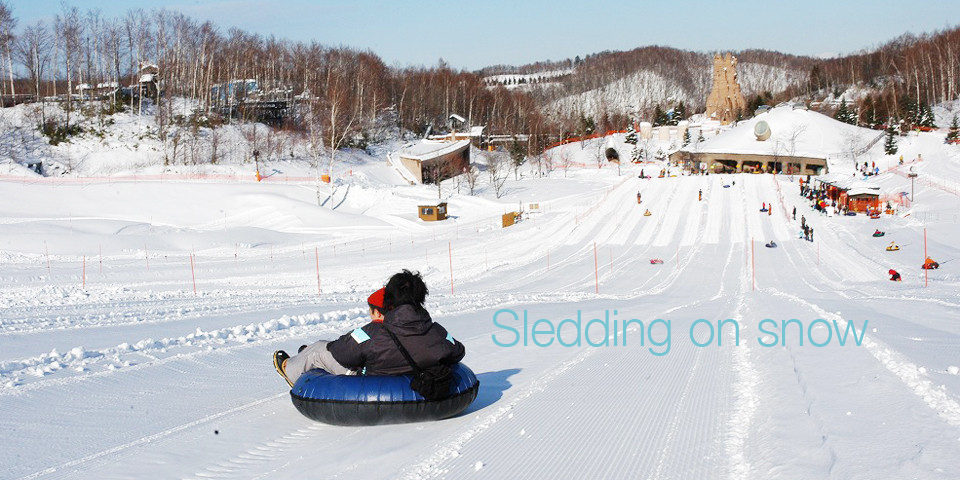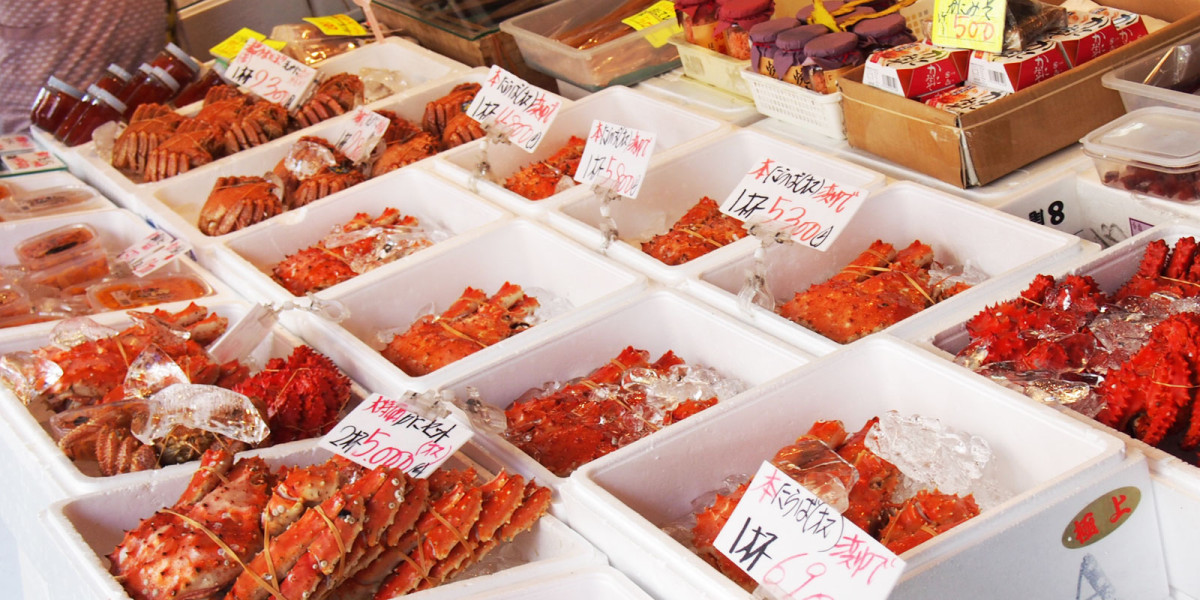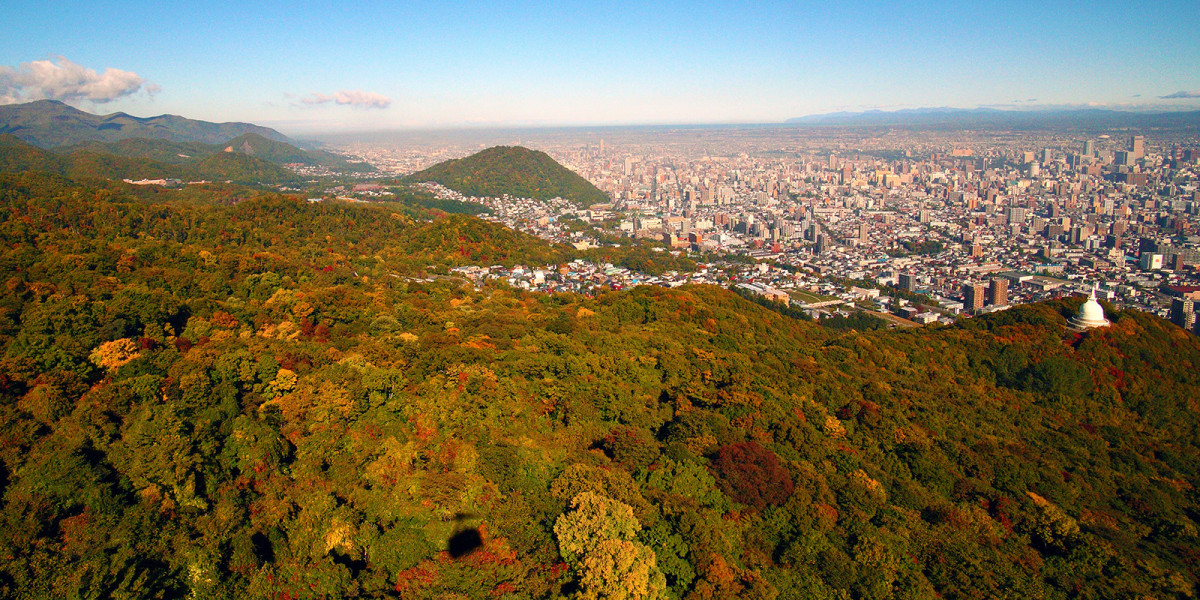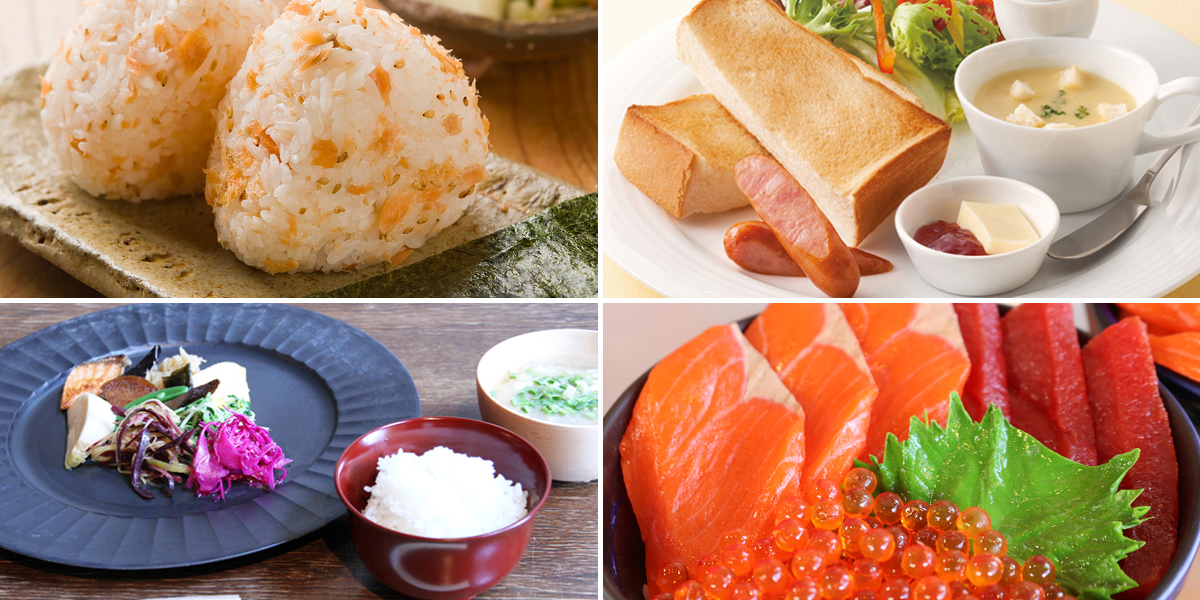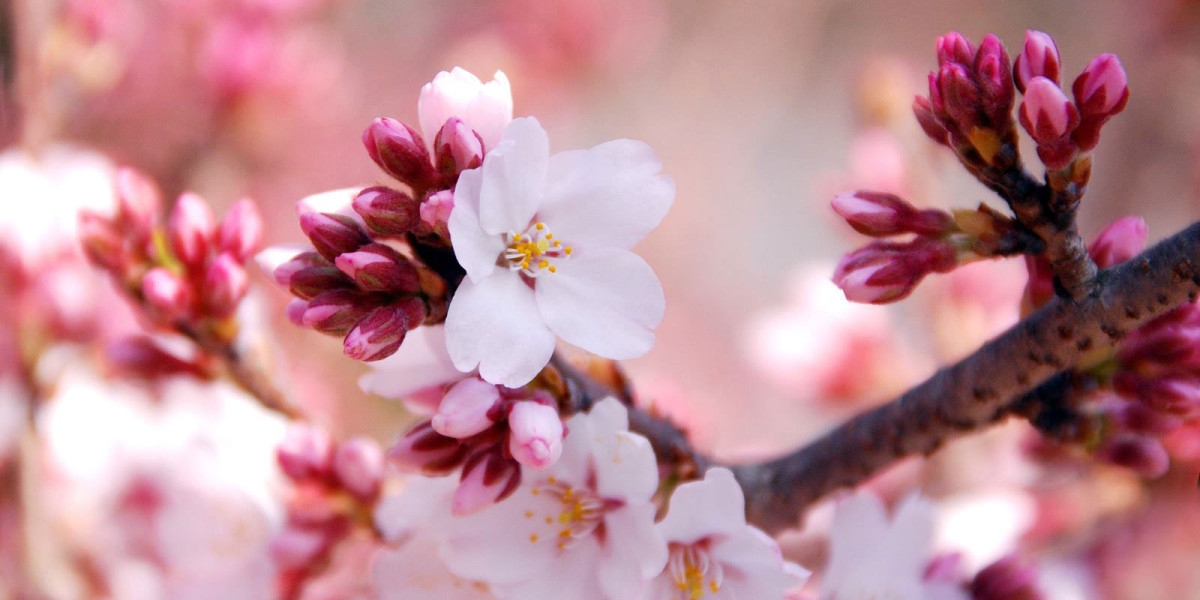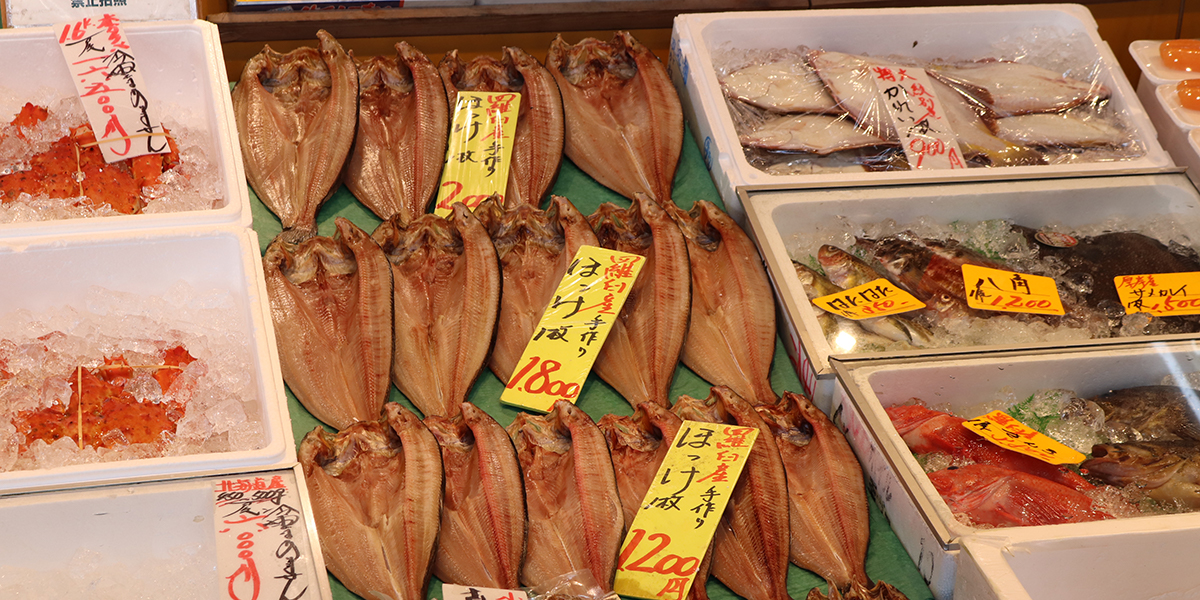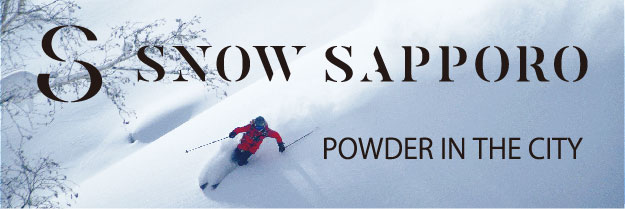The charm of Hokkaido and Sapporo seen by a migrant
World Heritage photographer, Yoshio Tomii
Many tourists take photos to commemorate their visit to Hokkaido. How is the city Sapporo seen through the eyes of a professional photographer? We talked to Sapporo-based photographer Yoshio Tomii, who has been flying around the world photographing World Heritage sites for many years, and asked him about the charm of Sapporo.
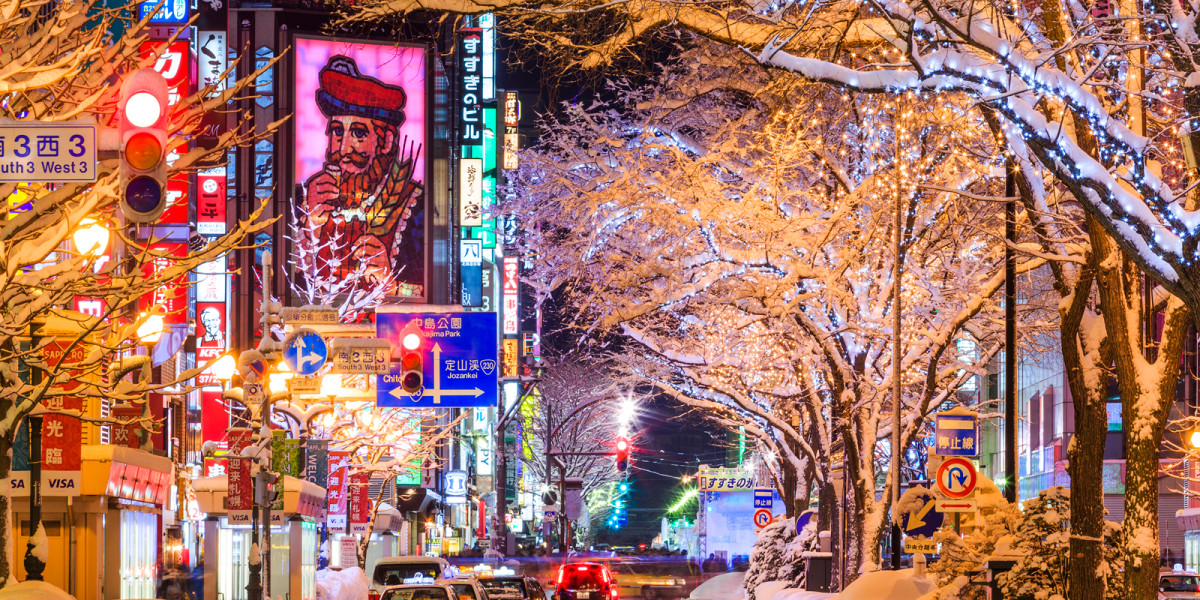
Deciding on relocation because he liked Sapporo
“I was 23 when I visited Sapporo for the first time. I was working as a photographic assistant. After that, whenever I visited Hokkaido on work assignments, I would pay a visit to my favorite Sapporo regardless of the season. I was born in Tokyo, but I was attracted by Sapporo’s open atmosphere, so I took the plunge and relocated my home and photo studio to Sapporo in 1990. Both Kyoto and Sapporo as my favorite cities were candidates, but ultimately, the reason I decided on Sapporo was because I felt the openness of the area towards migrants. Maybe it is because Hokkaido has a history of immigration, but nobody here has ever treated me as an outsider and I have been easily able to settle into my life in Sapporo.”
The white winter of Sapporo is charming
“From the outset, I had decided on the Mt. Moiwa side south of the Toyohira River, which flows through Sapporo, as the place to live. That’s because it is an area in Sapporo that is particularly rich in natural beauty”, says Tomii. Beyond the window of his house on the top of a hill is an expanse of forest, and with the changes in the colors of the mountains, you can clearly see the changing of the seasons. He tells us that his son as a young child once returned from the Moiwayama Ski Area located behind their house, still wearing his skis.
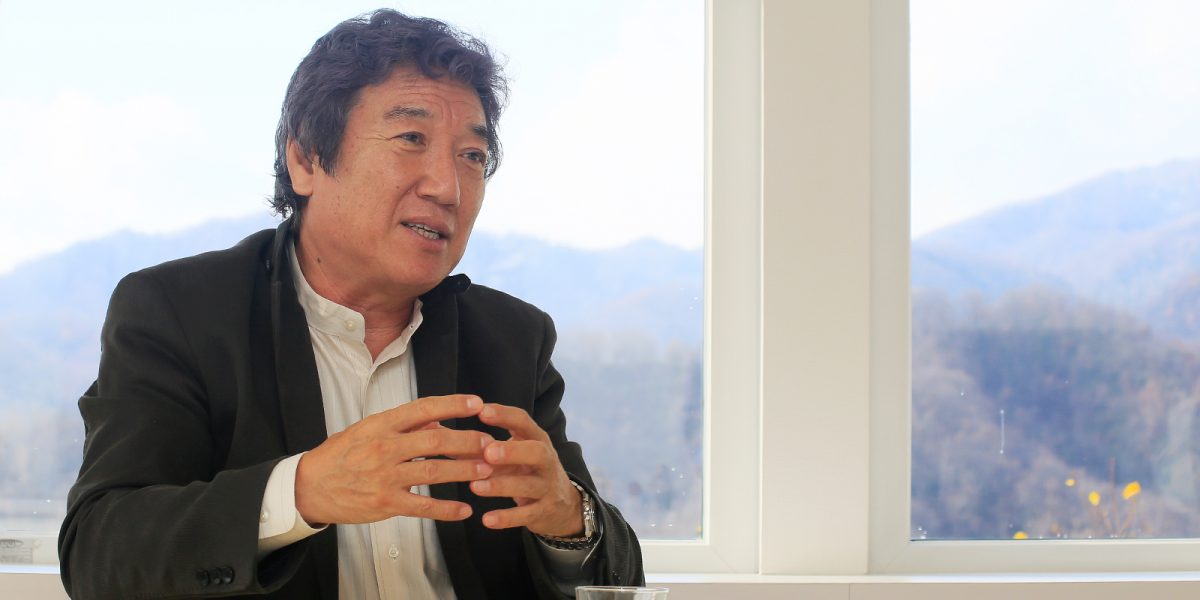
“I moved to Sapporo the year there was record snowfall, and I remember having to clear away the snow every morning before going to work. Having visited many times before, I thought I understood the harshness of winter in Sapporo, but once I started actually living there, I began to appreciate the joy of welcoming the spring after passing the long winter. Even now, I can still clearly remember how beautiful the White Illuminations that I saw when I first started visiting Sapporo were. Nowadays, illuminations are organized all around the country, but Sapporo was the pioneer. I have looked around all over the world, but being able to enjoy illuminations in the midst of white snowy scenery is an experience unique to Sapporo. There are few cities where you can enjoy a white Christmas, so I want us all to cherish it as a winter tradition. You can say that the snow is one of Sapporo’s biggest attractions.”
The customs of the people seen in the scenery of Sapporo
“Recently, my son Junro has been photographing the city of Sapporo. I moved here from Tokyo, but he has been raised in Sapporo city since he was young. So he takes snippets of the scenery of Sapporo from a different perspective to mine to pursue the changing face of the city. He is capturing the beauty of Sapporo with passion.”
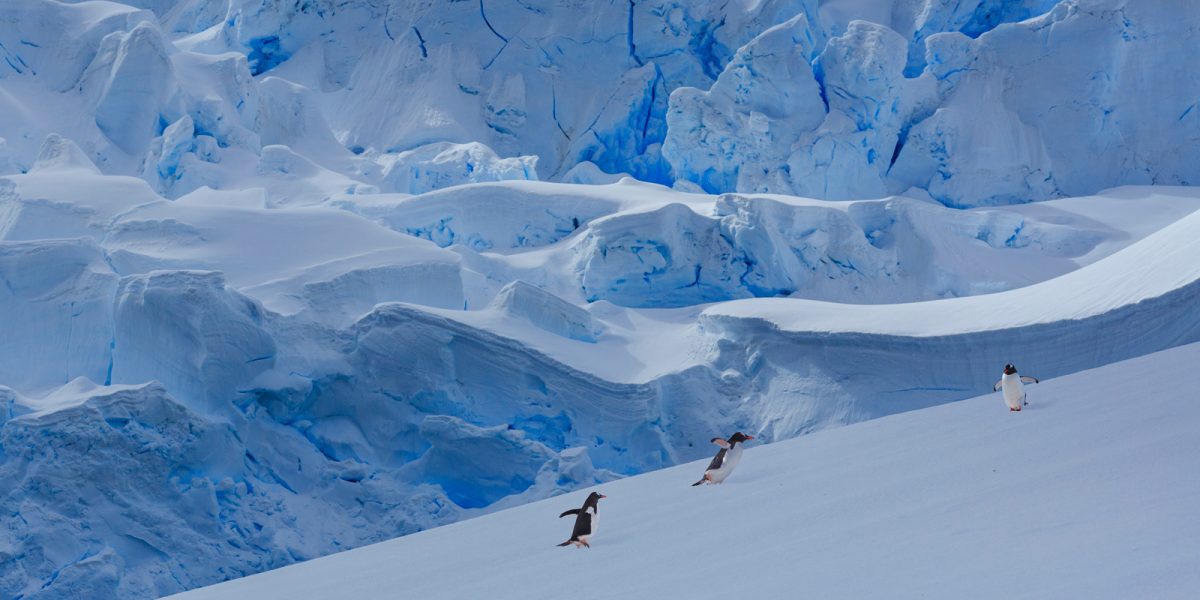
At Tomii’s company, Shashin Koubou, he manages his collection of scenic photos, consisting mainly of those of the World Heritage sites he continues to photograph, and presents World Heritage sites along with Junro’s scenes of Sapporo.
The real joy of taking photos is the fact that you cannot get the shot unless you actually go to the spot and take it. That is why a camera is part of any journey. It might be interesting to go and take a look at the scenery as seen from the viewfinders of these two photographers, and make some of those locations potential destinations for a visit. How about going around Hokkaido and Sapporo and take even more shots of scenes that can only be encountered by being there?
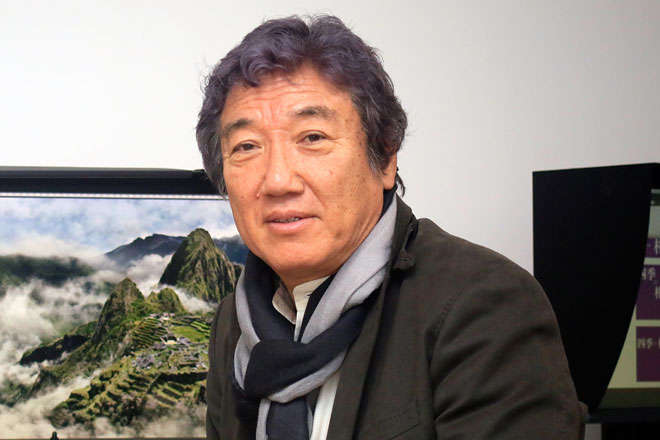
Yoshio Tomii
Photographer
Born in Tokyo in 1953. He founded Shashin Koubou Co., Ltd. in 1988. Attracted by the natural beauty of Hokkaido, he relocated to Sapporo in 1990. He started shooting World Heritage sights in the 1990s. As of December 2014, he visited and photographed 508 World Heritage sites in some 121 countries and regions. He has traveled overseas 216 times on assignments and has published numerous photo collections, including “80 World Heritage Wonders” and “Mont Saint-Michel Pilgrimage”. In 2009, he held exhibitions of his photographs in China and South Korea. He has also held many photo exhibitions in Tokyo and other cities in Japan. He lives in Minami-ku, Sapporo.








